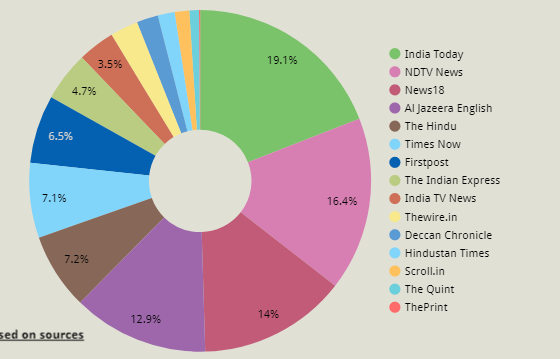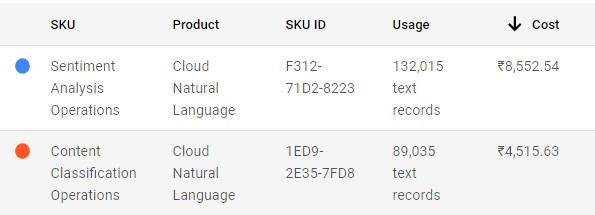If it bleeds, it leads..
10,000+ articles, 15+ organisations, 2+ months

Directly check out the end product? ⭐
The news is too negative? This is probably something that we have all thought of.
And if you haven't, then aap chronology samjhiye:
- The unholy psychological trinity, in this sequence:
- Negativity bias is real: Even when of equal intensity, things of a more negative nature have a greater effect on one's psychological state and processes than neutral or positive things.
- Similarly, availability bias: tendency to overestimate the importance of the examples that immediately come to mind when considering a topic. After we see negativity, we overestimate its significance. (Why people fear flying more than driving, even though its far more likely to die in the latter)
- And lastly, Confirmation bias. you've probably heard of this: we will actively seek out, remember, and favour information that confirms something we already believe. In this context , we will look for evidence to support the negativity.
- How does digital news media make its $$?
By TRPs, subscribers, ad views, MAUs and other crowd heavy advertising metrics. - Since they are in the content business, publishing negative articles is one way to accomplish this.
- This has become so much so that it is now commonplace and not even fully intentional.
Consumers of negative news, not surprisingly, become glum: a recent literature review cited "misperception of risk, anxiety, lower mood levels, learned helplessness, contempt and hostility towards others, desensitization, and in some cases, … complete avoidance of the news." And they become fatalistic, saying things like "Why should I vote? It's not gonna help," or "I could donate money, but there's just gonna be another kid who's starving next week."
The Guardian
And no, this is not some conspiracy theory of mine, nor is it really a new trend. But in the era of push notifications online consumption and 24x7 news channels, it has taken on a whole new life. You can read about it yourself in The Guardian, LA Times, BBC, National academy of sciences and Psychology today. There have been multiple studies involving thousands of people and many nationalities. To offer a balance, many popular good news websites have been able to come up. Most recently you might have caught Some Good News by John Krasinski, and more widely, we have The Better India, Good News Network, and even positive news sections within the mainstream like Times of India and Huffington Post.
So what can you do?
Nope, giving up on news completely is not the answer.
In an ideal world you would trust channels that do not have the need to advertise. The first option is tricky - organisations that have institutional (private or government -DD/RSTV) backing often comes with the perils of the favouring of those who control their purse strings.
The other option - subscription based news. What the paywalls say is not only true but really important - "Good journalism needs support from good people". (don't fall into a filter bubble though).
*Maybe going old school is also a good answer, pay the ¬Rs 250/month for your daily newspaper. Its a curated feed that does not have motive to drive extra clicks and screen time from you.
But if you won't pay for your news, then you can atleast take an informed decision on where to get your daily updates. This is where my solution might help.
All the popular organisations cover all the important news anyway, so knowing the organisation that's the most positive (spoiler alert, they are almost all negative) in both quality and quantity is important.

You can also find the positive news for the day/week/topic etc, give a shout out to the journalists that tone down the negativity even in difficult categories, track trends through time and categories and more..


How did I make this?
- In layman's terms the tool has been seeking latest article metadata for a set of (Indian) news organisations every day, since the beginning of July 2020. It then follow the article's link and gets the actual content.
- This is passed through google's industry standard sentiment analysis and content classifier. The final result is available in an interactive dashboard.
- To check the quality of my data, go to The Good News! page. To look through the code, check it out on GitHub. You can also replicate this for countries/domains of your choice.

It's pretty simple to set this up for yourself in case you see value in using it for academic purposes etc. I spent ₹13,000 of my ₹25,000 Google cloud welcome credits to make this happen

Navigate to other pages in my report ↩
Check out my other projects!🌟
I'd love to know what you thought of this